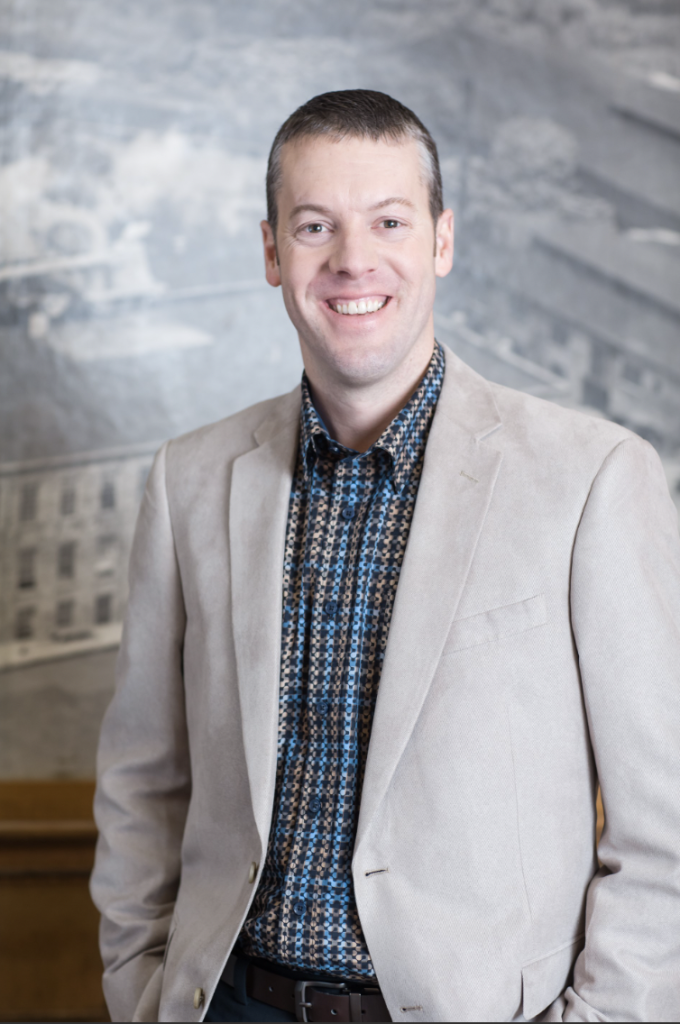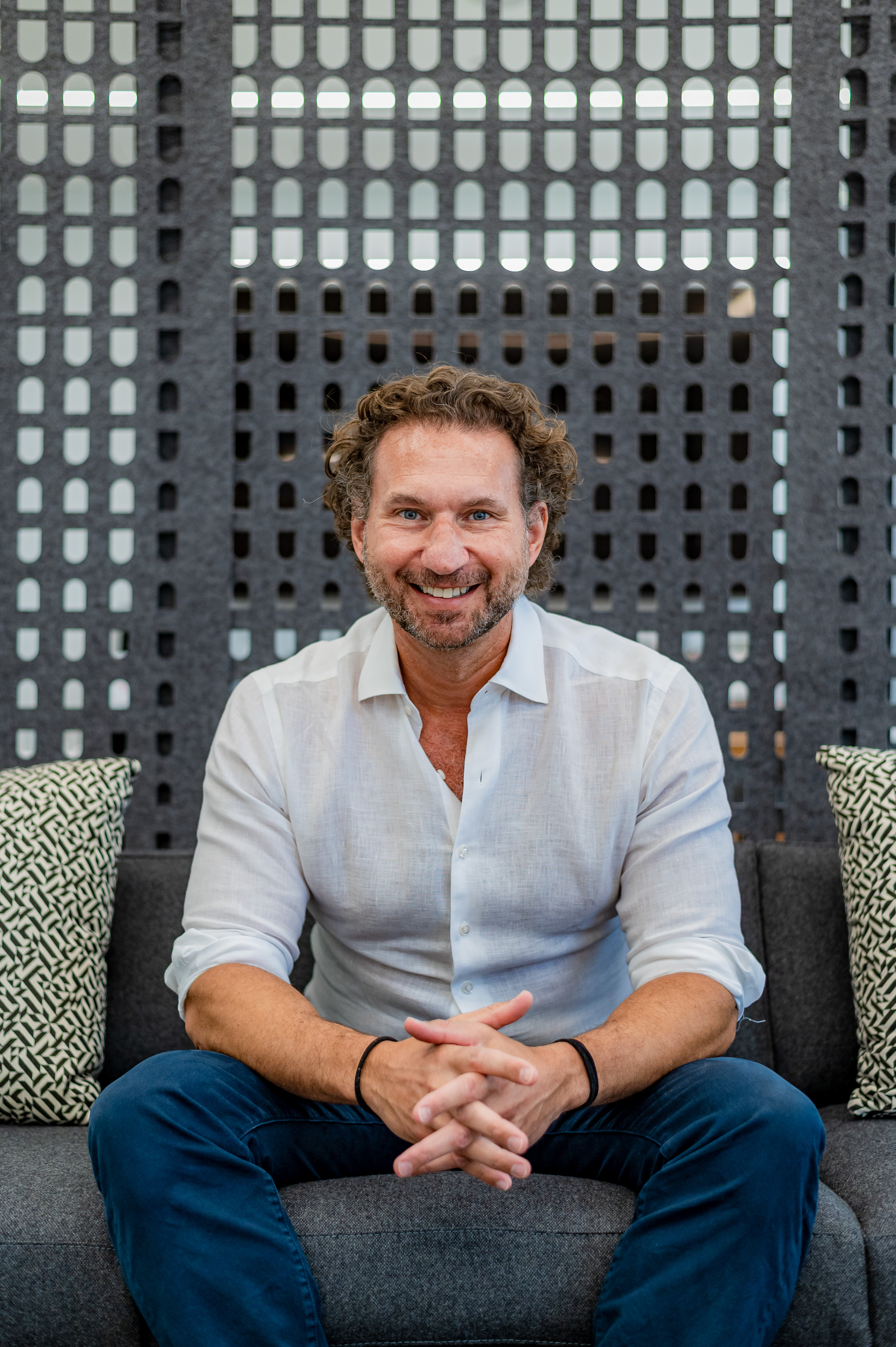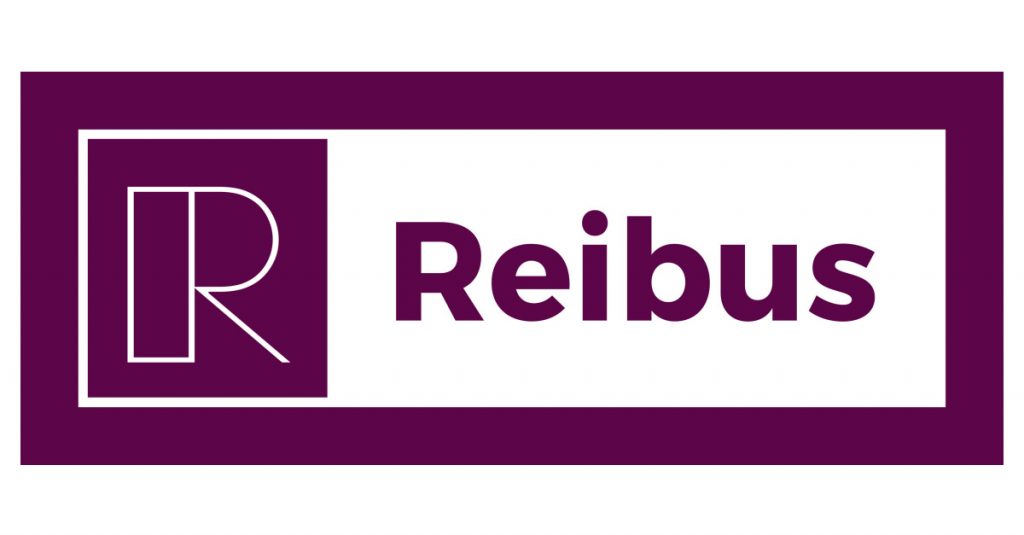SMU Community Spotlight
SMU Spotlight: Randy Knibbe details PADNOS’ growth in US scrap industry
Written by Ethan Bernard
January 23, 2024
The capacity for EAF steelmaking is growing both in the US and abroad. Ferrous scrap supply has never been more important. A lot of people have viewed the scrap industry as old-fashioned and resistant to change. But the same forces affecting the steel and other industries are also at play in recycling.

Recently, SMU had a chance to sit down with Randy Knibbe, vice president of ferrous at PADNOS, a recycler with headquarters in Holland, Mich. Knibbe, based in the Grand Rapids, Mich., area, talked to us about PADNOS, new ventures, technology, and trends to watch out for in scrap.
PADNOS’ history
First off, Knibbe told us a little about the company. Started in 1905, it’s a family-owned, privately held industrial recycler. He noted that the company is “four generations strong.”
“So we’re very proud of that and we want that to continue,” he said.
The company recycles paper, plastics, and metals, both ferrous and nonferrous, as well as electronics.
While he said that PADNOS is not the largest recycler out there, “I do feel we have the most diverse processing capabilities of any recycler in North America.”
The company has 30 locations, mostly concentrated in Michigan, but also one in Indiana.
“Regional growth has always been good for us,” Knibbe said, adding that PADNOS has its own fleet of trucks. The current setup allows it to “leverage economies of scale and efficiencies.”
Knibbe said that being so diverse acts as a hedge, minimizing exposure to any individual market.
“That diversity is strategically an advantage for PADNOS,” Knibbe said. “That’s where our focus is and will continue to be.”
Personal background in scrap
Regarding his own personal history at PADNOS and in the scrap industry, “It’s pretty straightforward,” Knibbe said.
“I’m a local West Michigan guy, born and raised here,” he told SMU. “After double majoring in operations management and marketing at Grand Valley State University here in Michigan, I started at PADNOS – and I’ve been here ever since.”
Knibbe also has a credential from the University of Chicago’s Booth School of Business Executive Management Program.
He said he’s held a variety of roles in operations, quality, logistics, and sales. Among them, working in ferrous and nonferrous, electronics, 10 years growing PADNOS’ plastics division, and currently serving as vice president of ferrous.
“So 21 years later, here we are,” he said.
Hydro aluminum sorting JV
One big development on the nonferrous side in aluminum is a recently announced joint venture with Norway-based Norsk Hydro that was announced at the end of November.
Many consumers have been moving away from primary aluminum to meet carbon-reduction goals and sustainability goals, Knibbe said.
The partnership is at PADNOS’ Grandville, Mich., location and employs the aluminum producer’s “alusort” technology. Already used in Europe, and for the first time used in the US, the technology can sort both prime and post-consumer aluminum alloys, he said.
“It allows us to sort the mixed alloys of aluminum into specific commodities and specific grades,” Knibbe said, noting that PADNOS will be focused on the post-consumer side.
“It will allow us to fulfill the growing need for low-carbon and high-quality recycled aluminum for the billet makers and also for coil manufacturers,” commented Knibbe.
“That’s the future of the aluminum recycling industry, and we’re currently installing the actual physical equipment,” he added.
He said the venture is a good match for the companies. “Both of our firms desired more reduced-carbon solutions and to make a positive impact on the world.”
Ferrous advances
Asked if there could be similar technological improvements on the ferrous side, Knibbe said, “Absolutely.”
One area he pointed out won’t be unfamiliar: Artificial Intelligence (AI). Knibbe said PADNOS is using AI “to recognize and help us sort and segregate materials.” More can’t be shared at this time, he said.
It’s more than just the ChatGPT, Knibbe stressed. “The industrial side of it is going to be a game-changer. I think that will be helpful and will be used on the ferrous side.”
Trends in scrap
An upcoming trend Knibbe highlighted is pent-up auto demand. “There are many people that did not buy a vehicle, and they need to,” Knibbe said.
He said what’s holding them back is current interest rates, though he believes the available data suggest these will come down by the end of the year, even if no one knows exactly when.
Knibbe said more autos equals more demand for new steel. “That drives the (steel) mills to get cranking and probably raise pricing if it all happens at once,” he said.
“So that’s a driver of strength of new steel prices. But then you sell your used car to the person who already has a used car, then everybody cycles down, and then the bottom layer all comes to recyclers like us to our shredders,” he added.
Commenting on the whole process, Knibbe said “that drives our volumes and business and the whole flywheel takes off.”
A longer-term trend is all the new EAF capacity that will be coming online in the North American steel industry. “That is going to change the entire industry as to the outlook for recycling, for the direction of where scrap material goes,” Knibbe said.
In the Great Lakes region, he gave the example of Canada’s Algoma Steel, which is in the process of switching from integrated to EAF steelmaking. Going by his own calculations, he said they would probably need eight to 10 times more prime scrap to run their new operations.
“I predict a scrap shortage, for sure,” Knibbe said, noting that he doesn’t believe direct-reduced iron (DRI) or hot-briquetted iron (HBI) will immediately be able to make up the shortfall.
On the horizon
As far as what the immediate future holds for PADNOS, Knibbe said that the first order of business was digging out from the recent winter weather.
“So that’s going to be tough for us and for our entire region. The whole Great Lakes region has been hit by this,” he said.
Looking toward the long-term future, though, he said growth is in the company’s DNA. “We’re always looking and are ready for opportunities for all of our business units,” he said “We’re always assessing, ‘What does the world need now’?”
Concluding, Knibbe said PADNOS is committed to “living its purpose,” which includes “continuing to find ways to innovate, lead, and make a positive impact on the world.”

Ethan Bernard
Read more from Ethan BernardLatest in SMU Community Spotlight

Flack: ‘Hedge your bets,’ it’s going to get bumpy
Jeremy Flack of Flack Global Metals weighs in on USS, tariffs, and hedging in today's market.

JSW USA CEO Simon sees ‘exciting times’ in steel amid tariff volatility
SMU interviews JSW USA CEO Robert Simon.

SMU Spotlight: CRU’s Paul Butterworth talks EAFs, CBAM, and decarbonization
Last month I traveled to Sweden to the CRU Steel Decarbonisation Summit in Stockholm. I wanted to see if the European take on decarbonization was broadly different from what we are talking about here in the US.

Exclusive: SMU talks the evolution of Reibus with new CEO Jared Rowe
Reibus International Inc. is a growing and maturing company, finding its way in the world of steel. Like any youngster, it is moving through growing pains and pushing through to reach new heights. After rapid growth in its infancy, six-year-old Reibus is now naturally transitioning from being a founder-led company to a management-led one, according to its new leader, Jared Rowe.

SMU Spotlight: Tabitha Stine talks Nucor’s path to a sustainable future
Across industries and nations, it’s clear sustainability is the path towards the future. Moving ahead means creating dialogue and building bridges. For Nucor, building bridges means reaching out to new audiences. Actually, it also literally means soon building bridges from the plate made at its Brandenburg mill in Kentucky.
